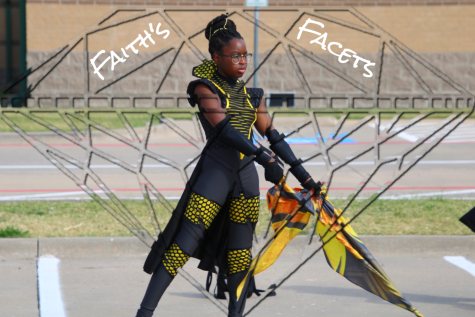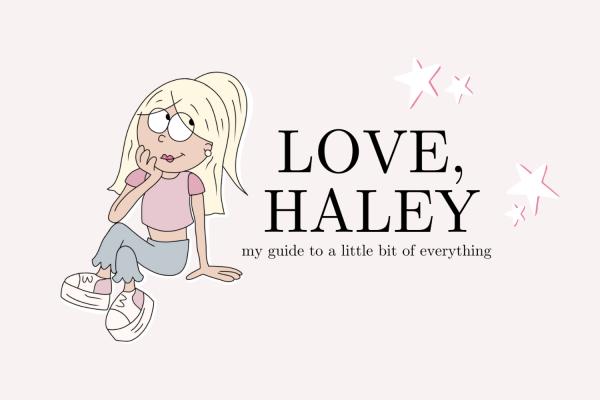Piece by Piece: the Macabre Victorian
Staff reporter Madison Saviano explores hot topics and issues that students face in her weekly column Piece by Piece.
February 11, 2022
In my early days I loved the Victorian era.
Nowadays the look in revival is more provincial, cottagecore, but it’s in the Victorian scope nonetheless.
It’s well known in the fashion history world that when the economy goes for a downturn, bows, lace, frills, and heels go for an upturn.
During the more than a year lockdown, cottagecore and corsets came back into style. Why? Because cottagecore is utterly fanciful.
It made sense that people contented themselves with endless TikToks about forestside picnics and fairies. In their bedroom at 2 o’clock in the morning, led lights and all, what could break the fantasy?
But now things are winding down, and people are reemerging. A lot of us are socially awkward, accustomed to solitude, and being forced to reenter can feel like displacement.
So cottagecore is winding down. We can’t long for the outside, we’re already in it. For those of us interested by fashion trends, we’re wondering what might replace it.
Maybe we can compare the pandemic to WWII. They are both global in scale and both caused economic downturns in many parts of the world (though it should be noted that in the USA the war got us out of a depression). In any case women had to assume the part of men in manufacturing, factory garments and all. And when it was all over, the reclamation was more feminine than ever. Dior released The New Look in 1947.
What that means to me is that the pendulum swings quickly. Just a few years before women were proud “We can do it!” and proud to be doing the same jobs as men in the same sort of clothes as men. There was reason to take pride then, but that doesn’t mean when the circumstances change the sentiments stay the same.
Now, what’s different about a global pandemic is that there is not really a historical ‘end date.’ This sets it vastly apart from WWII: September 1, 1939–September 2, 1945. In fact, the lingering of COVID-19 has made it so there can’t really be a pronounced reclamation, in my opinion.
For this reason I predict a sort of extenuation of cottagecore. However this time, a countertake on its era of origin. Yes, the macabre Victorian.
I love the Victorian era for many reasons. It has always spoken to the part of me that wants to bundle up in ancient lace, a very specific part which I have never thought many would relate to.
I don’t think people are going to start wearing silk taffeta petticoats or bustles (though that would be great in my opinion), but maybe a few of the finer points will be absorbed into today’s fashion: fine lace, bonnets, smoother fabrics and silhouettes.
I think it would speak crisply and delicately to what many want right now but haven’t been able to articulate: spoil and commiseration. And by having a hallowed air, sanctified and venerated by the passage of many years, its stately separation can promise whatever the beholder wants. To me, and to many others, I think, we might find the unnatural co-occurrence of refinery and durability very inspiring.
The Victorians endured a lot: disease, war, famine, and the absence of most basic hygiene. For that, they adopted grim nursery rhymes, very strict rules of social conduct, and a very refined sense of style.
The ways we exert control over the misfortunes of life are nowhere as pronounced or as misdirected as in fashion, but what a valid human tool it is.










